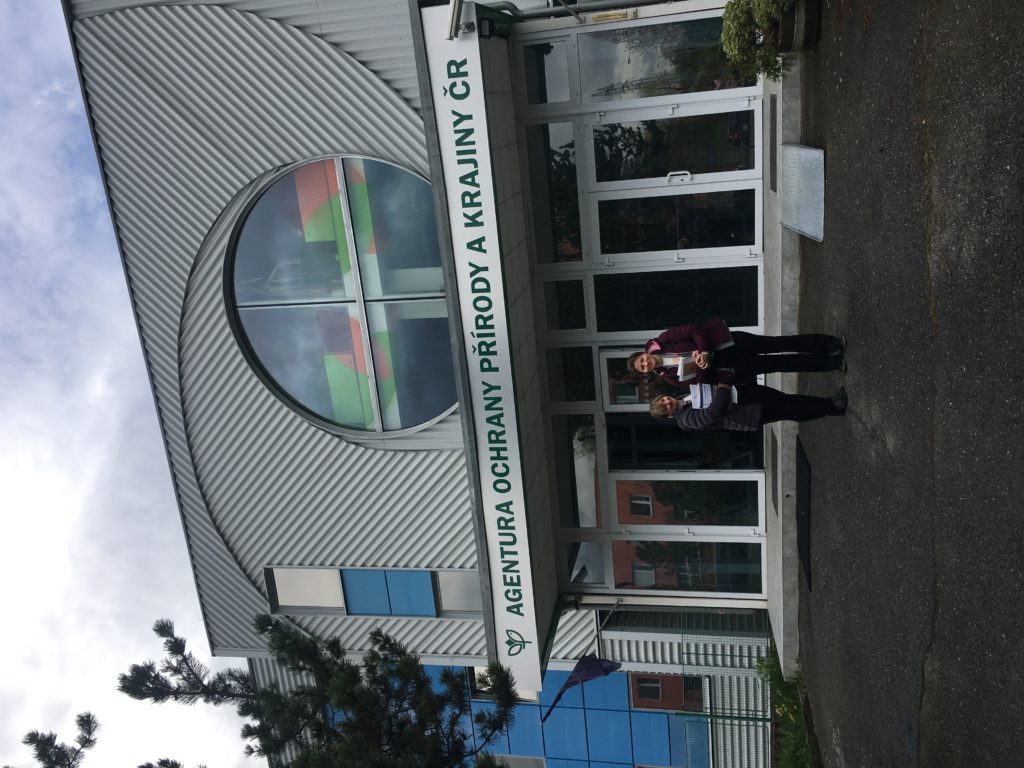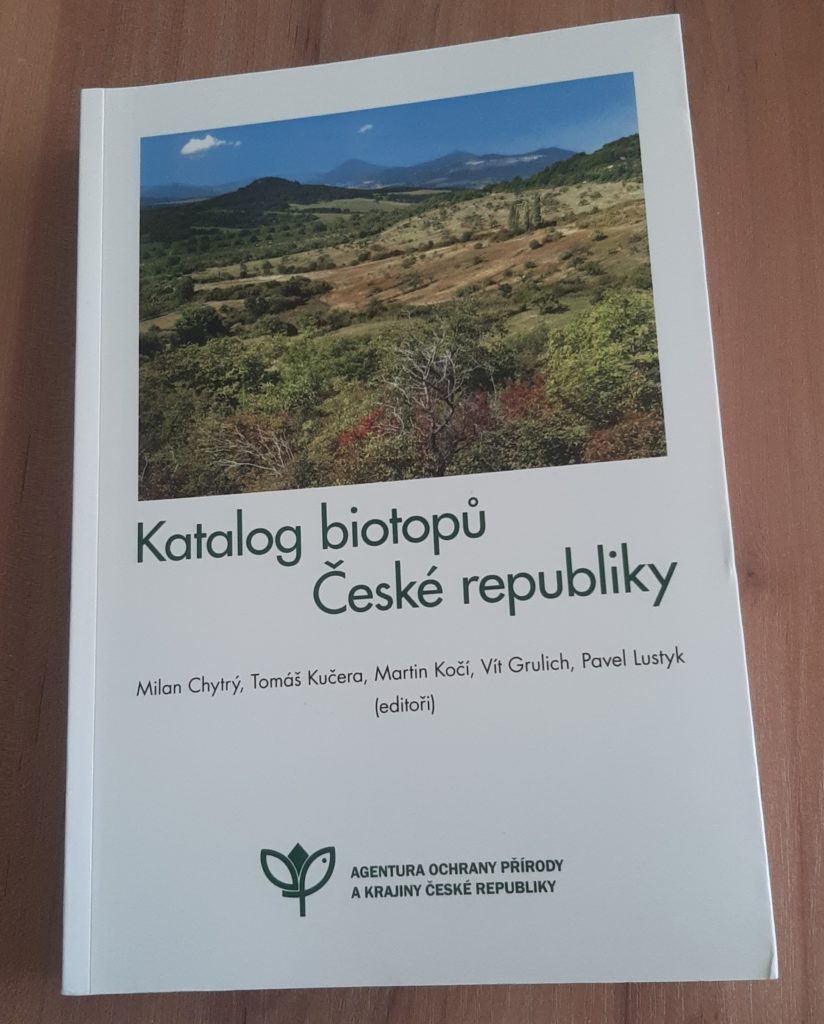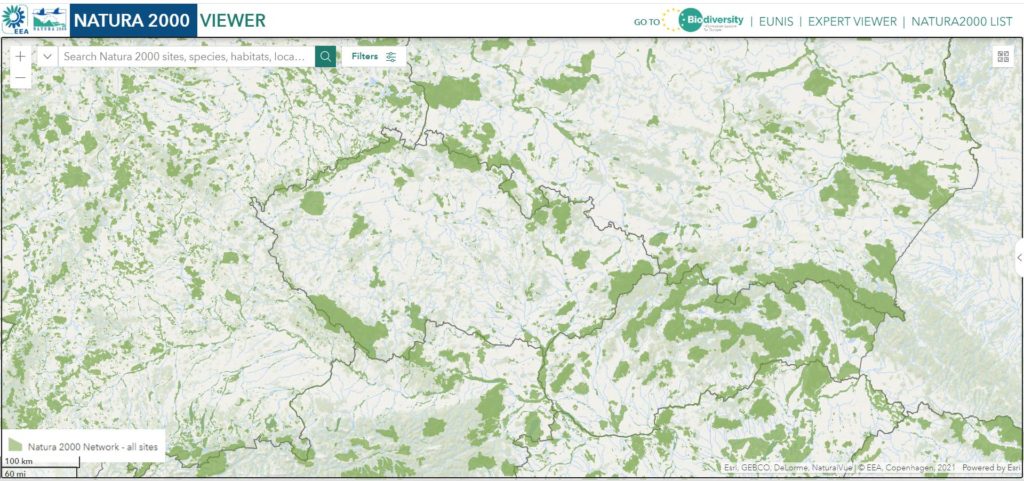May 4, 2023
At the end of April, representatives of EPL had meetings with experts from the Ministry of Environment and the Agency for Nature Conservation and Landscape Protection of the Czech Republic. During these meetings we discussed the Nature Restoration Law1, which is the first comprehensive law in this direction across the continent. According to the European Commission specialists, this is a key element of the EU Biodiversity Strategy, which requires mandatory targets for the restoration of degraded ecosystems, in particular those with the greatest potential for carbon capture and storage, as well as the prevention and reduction of the impact of natural disasters. The main goals of the law are the restoration of ecosystems, habitats and species on land and in the marine areas of the EU to enable the long-term and sustainable restoration of biodiversity and sustainability of nature, to contribute to the achievement of the EU’s goals for climate mitigation and adaptation to climate change, to fulfill international environmental protection obligation. For countries where NATURA-2000 network has been functioning for more than 20 years, it is an update of already existing legislation and is important for the system of habitats, their quality indicators and protection plans.
Legislative framework for operation and protection of the NATURA–2000 network in the Czech Republic
The basic law is the Law on the Protection of Nature and Landscapes (Zákon České národní rady o prítění přírodní a krajnice)2, which includes a section on NATURA-2000 network. This is a general law on nature conservation sites in the Czech Republic, which contains regulations on protection and creation of a territorial system of ecological stability of the landscape, general and special protection of wild plant and wild animal species, protection of selected mineral deposits, paleontological finds and geomorphological and geological phenomena, as well as special protection of selected minerals, protection of trees growing outside forests, creation of a network of specially protected areas and their care, participation in creation and approval of forest management projects in order to ensure environmentally appropriate management of forestry, participation in the process of spatial planning and construction management in order to promote creation of environmentally balanced and aesthetically valuable landscapes, protection of lands, especially during land reclamation, impact on the management of water resources in a landscape in order to preserve natural conditions of water and wetland ecosystems while preserving the natural character and appearance of watercourses and territories, as well as wetlands, restoration and creation of new ecosystems of natural value, for example during reclamation and other major changes in the structure and use of a landscape, protection of a landscape for environmentally acceptable forms of economic use, tourism and recreation, prevention and regulation of introduction, planting and spread of invasive non-native species of plants and animals, establishing conditions for using foreign and non-native species in aquaculture.
Currently, 14% of the territory of the Czech Republic has the status of NATURA-2000 areas and together with other nature conservation areas make up 22% of the total territory of the country.NATURA-2000 areas are divided into territories of European importance (Special Areas of Conservation) and are created on the basis of the EU Habitat Directive. There are 1,112 such areas in the Czech Republic. They occupy roughly 10% of the country’s territory. There are also Special Protection Areas (SPA), which are created for bird species listed in Annex 1 to the Directive 2009/147/EC (this is the codified version of Directive 79/409/EEC as amended) (Article 4.1) and migratory species that are regularly present on the territory of the EU member states (Article 4.2). In the Czech Republic, 41 SPAs were established for 41 species of Annex 1 and 6 migratory species3. These ares were established by the Czech government by its decrees in 2004-2005, in 2007, 2009 and 2019. They occupy approximately 9% of the country’s territory. Since bird and habitat areas partially overlap, the total percentage is 14%. Current information about the network can be found on the website of the Ministry of the Environment of the Czech Republic https://www.mzp.cz/cz/natura_2000.
During recent 3-4 years, all protected habitats on the territory of the country were mapped, a corresponding database “MapoMat” of habitats and species has been launched. This map is constantly updated (https://webgis.nature.cz/mapomat/;https://webgis.nature.cz/appwebman/mapomat/). A catalog of biotopes of the Czech Republic was also created and published (second edition, 2010). Every 12 years, the data is updated throughout the country. Each of the 13 regions of the country has its own department of nature protection, which is responsible for the management and monitoring of the areas. Monitoring is divided into general at the state level regarding habitats and species, carried out by the Agency, and regional monitoring of nature conservation areas, which is carried out by departments of the Agency. About 150 employees work in the Agency, while the total number of employees countrywide including those working in the regional departments is 500-600 persons who are responsible for approximately one thousand of nature conservation areas, almost all of which have management plans.
NATURA-2000 network on the territory of the Czech Republic https://natura2000.eea.europa.eu/
National natural parks are separate institutions, each is created by a separate law and has its staff. If the territory of the national park overlaps with NATURA-2000 areas, the park regime is more specialized and extends to the entire territory, and includes requirements for the preservation of species and habitats. 4 national parks have been created on the territory of the Czech Republic.
According to the species and habitats on NATURA– 2000 sites, there are prescribed special protection measures, the primary source of which are the EU Bird and Habitat Directives, national legislation and territory management plans. The appropriate assessment mechanism is applied during activity planning. It can be part of the environmental impact assessment or a separate procedure if EIA is not applied. Separately, there are compensation mechanisms that are used in case of proven limitation of a certain type of activity.
Management plans for NATURA-2000 areas have no time limits, they can be updated if necessary. According to specialists from the Ministry of Environment, formation of NATURA-2000 network is still not complete, there are still species and habitats that need additional areas. They are working with the European Commission on this matter. Additional biogeographic seminars are no longer required at this stage.
An interesting type of nature protection work is creation of special contractual sites based on a contract between the owner of the land on which the important object is located and the nature protection institution. For example, if speaking about military training grounds, an agreement is signed between the Ministry of Defense and the Ministry of Environmental Protection. This mechanism is prescribed in the Law on the Protection of Nature and Landscapes.
For more details, please contact:
Kateryna Polyanska, EPL environmental scientist
Olha Melen-Zabramna, head of the legal department
Olena Kravchenko, director




